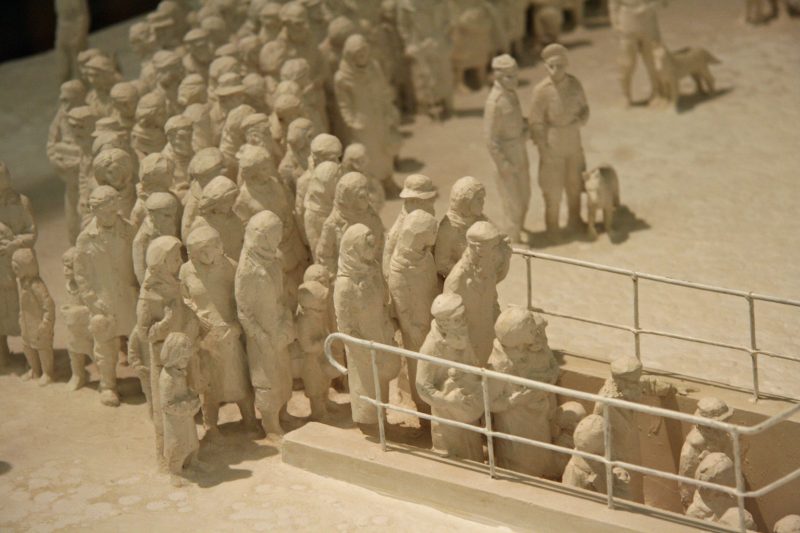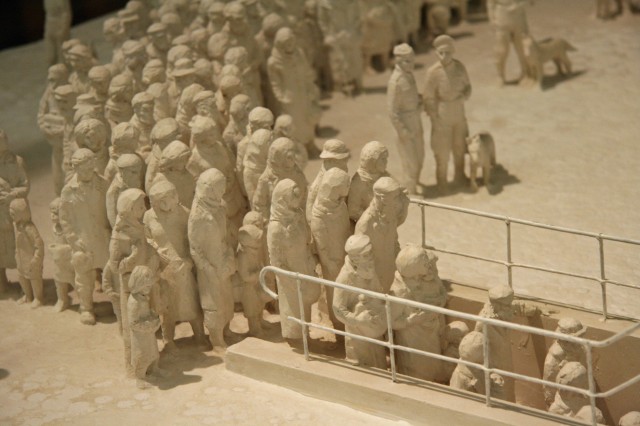Since the rise of 3D technology, more and more uses for the tech seem to be uncovered every week. Now, these applications may be looking backward in time for once. It appears that many Auschwitz guards went free after the close of WWII, and now modeling techniques may finally bring them to justice. There is still some question as to this application of 3D technology, but those seeking justice remain optimistic.
It may not actually be entirely unjust that not every Nazi involved at sites such as Auschwitz was prosecuted. There is some plausible deniability involved in their claims to ignorance, as the camps necessitated many minor roles to stay in operation. This is where 3D technology, specifically that involved in creating computer models of real-world locations, comes into play. By creating full simulations of Auschwitz and placing supposedly innocent guards within them, prosecuting officials in Germany can see whether or not the guard in question could have remained truly ignorant to the vast horrors which occurred.
One of the largest questions as to the credibility of these simulations is whether or not they will hold up in court to begin with. Such types of evidence certainly did not exist during the war, and even by today’s standards are pretty fresh in the legal world. Whether or not the 3D technology is admissible in court will largely depend on those trying the cases. Aside from that, prosecutors are relatively certain that their models will provide an accurate view of what a guard in one particular post might have been able to ascertain about his surroundings, the Popular Mechanics reports.
These technical applications, needless to say, extend far beyond the realm of the Second World War. If any Nazis are able to be convicted on the basis of this 3D technology, then it will open the door for much more recent cases. This carries some concerns, as it is not yet determined whether or not the simulations might be somewhat subjective. Those examining the simulations will have to be steadfast in determining not just how the camp was arranged, but how it was run. Otherwise, there is still no saying for certain what any particular guard might or might not have seen.
Optimism for the 3D technology is based largely on the fact that similar visual evidence is already used. Drawings and physical models are already applied to court cases, but those presenting them are usually cross-examined rigorously. This means that no matter how sophisticated the simulations made by the 3D technology may be, the court cases will still rely heavily on the human aspect of the proceedings.

